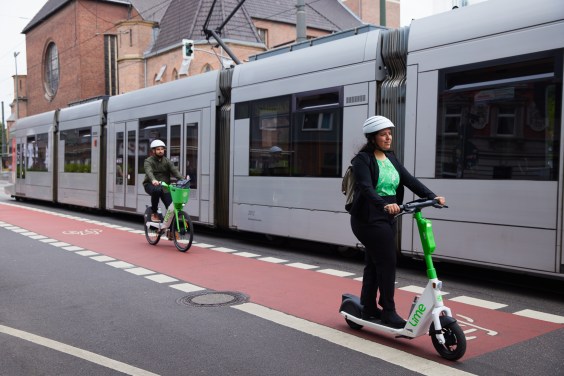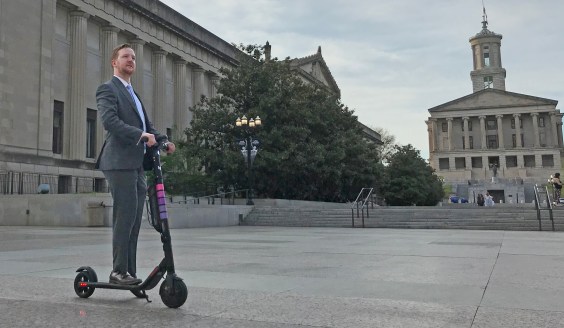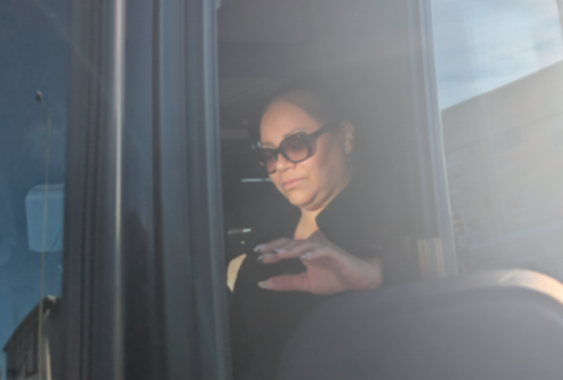The Affordable Housing and Sustainable Communities (AHSC) program, which invests cap-and-trade money in projects that connect affordable housing with low-emission transportation services and infrastructure, has released recommendations for its current round of funding.
The program expects to award over $400 million for 25 projects. Between them they will provide over 3,000 housing units, with more than 2,500 of those affordable at various levels--almost 1,000 will be for extremely low-income individuals, and 705 new supportive housing units will be built. All will connect residents to transit either via walking or biking infrastructure. In addition, the AHSC will fund free or discounted transit passes for the first three years to residents of the affordable units, after which other funding sources will be used.
This is nowhere near the number of new homes California needs, but the AHSC is a solid program that, with this fourth round, will have invested more than $1 billion in housing and in connecting that housing to low-emission transportation options. That translates to a total of 6,400 homes--over ninety percent of them affordable--as well as 85 miles of new and improved bike lanes, 650 new crosswalks, and related water conservation, low-impact development, and community programming. In addition, most of the projects provided local jobs and job training.
This fourth round of funding will go to projects throughout the state. In an effort to achieve geographic equity, staff focused technical assistance on areas that have not done well in past AHSC funding rounds. The total amount of money will be distributed among regions in these approximate portions:
- Southern California region: 37 percent
- Bay Area: 34 percent
- San Joaquin Valley: 14 percent
- San Diego: 5 percent
- Sacramento: 8 percent
- North State (where a single application was submitted): 1 percent
The full list of recommendations is available here [PDF]. Details about the projects are available here [PDF]. Highlights include:
- Light Tree in East Palo Alto, $20m128 affordable homes, including 14 for homeless youth8.6 miles of bikeways, 2,600 feet of pedestrian walkwaysThree electric buses for new limited stop bus serviceThis project was commended for its strong collaboration among partners, including the housing developer, community organizations, and the city of Palo Alto
- Downtown Coachella, $15m105 affordable homesNew bus hub, four new buses and forty vanpoolsTwo miles of bikeways, 3,000 feet of sidewalk
- Turk Street Transit-Oriented Development in San Francisco, $20m107 affordable homes, with community space and neighborhood retailWidened sidewalks, dedicated bike spaceBART station entrance canopy and transit-only lanes and sidewalk bulbouts along Geary Bus Rapid Transit line
- Skid Row Housing, Los Angeles, $20m278 affordable homes, with on-site services for formerly homelessProtected bikeways, pedestrian improvementsBike safety and maintenance education for residents
- Treasure Island, San Francisco, $20m135 new homes, including new affordable homes and replacement supportive unitsBike and pedestrian path connecting Treasure Island to the Bay Bridge trailNew ferry terminal for new service to San FranciscoNew AC Transit bus to downtown Oakland and BARTTreasure Island planning has been going on for over twenty years, and this is the first step in actual on-the-ground development of the "multimodal sustainable community" planned for this isolated spot. Being a man-made island, sea level rise is a real and imminent threat, so the project plans to build everything above grade. (It's hard not to be cynical about that part.)
- Vermont Manchester Transit Priority Project in Los Angeles, $20mThis is the site that will house Metro's first-of-its-kind public transportation boarding school for foster youth180 affordable homes next to a new public transit plazaBike boulevard, New traffic signal
- Ocotillo Springs in Brawley, $13mThis is the first AHSC award granted in Imperial County74 units of net-zero energy affordable housing with community spaces1.6 miles of new sidewalks, 2.3 miles of new Class II bikeways30 vanpool vans
- Jordan Downs Phase S3 & Watts Pedestrian Bike District, $11m93 affordable homes, replacing 57 existing units that need rehabilitationProtected bike lane
- 2012 Berkeley Way, Downtown Berkeley, $19m141 affordable homesUpgraded bike lanes, pedestrian and lighting improvementsTwo-way cycle track at BARTNew bus
- Railyards, Sacramento, $15mThis large urban infill site has a lot planned for it; this is one piece of it61 affordable units with bike parking, EV charging stationsProtected bikeways, sidewalks, street treesNew light rail stopStormwater management
- Danco Communities, Arcata, $4mThis is the first AHSC award along California's North Coast area43 affordable homes with bike-share and car-shareNew bike lanes, sidewalksNew electric bus along a new route






